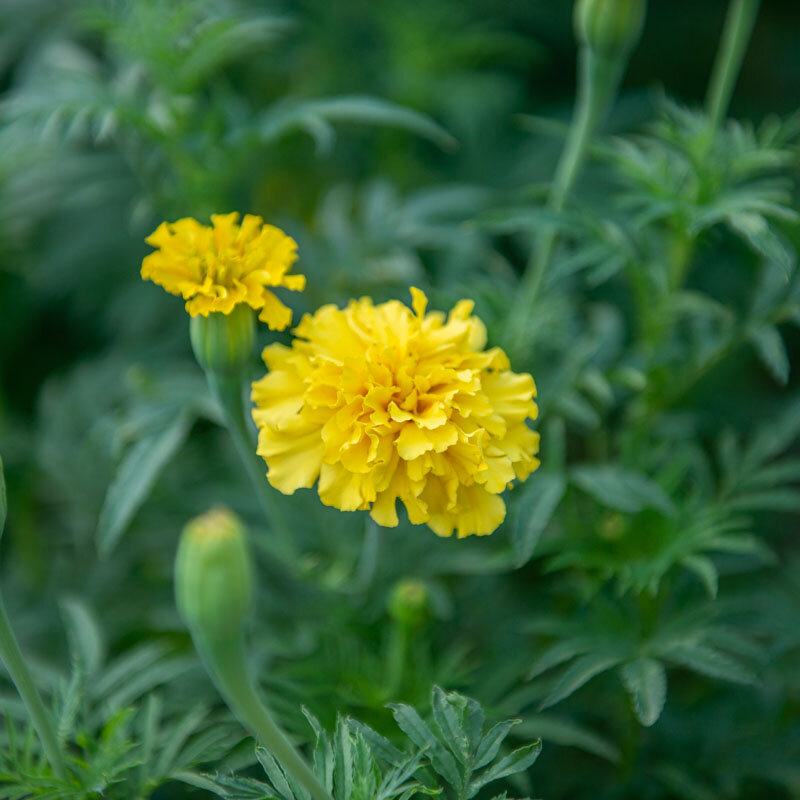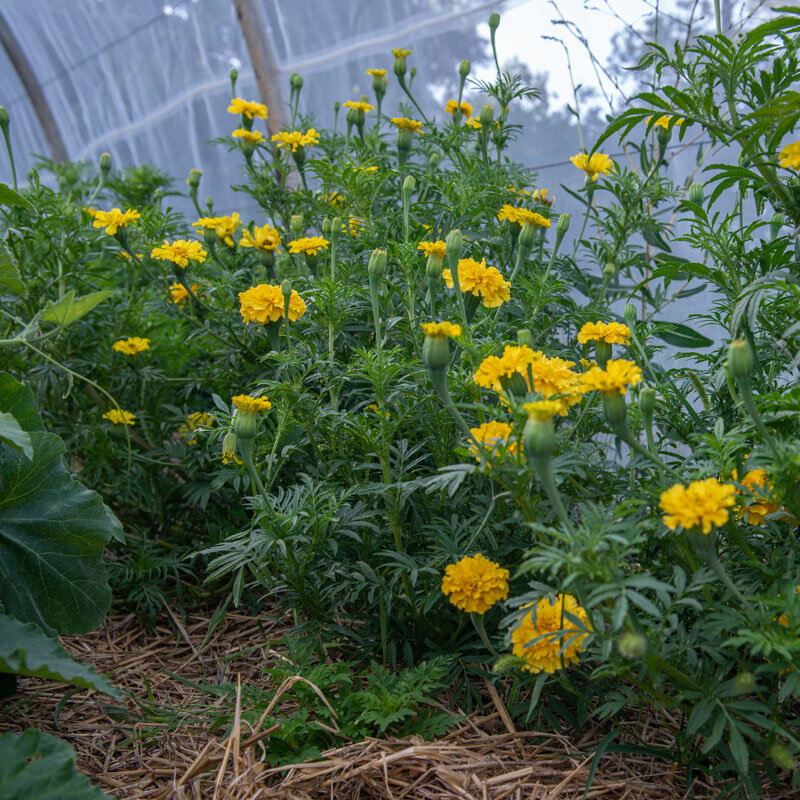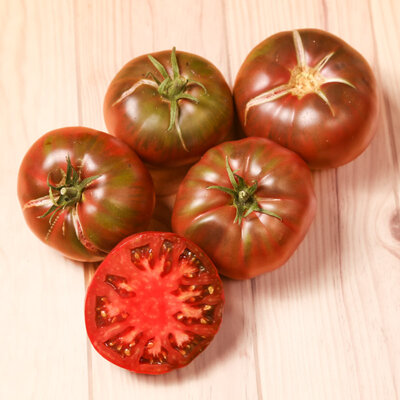Afternoon Lemonade - Tagetes
This variety is a selection of "Shades of Gold". It offers magnificent triple yellow flowers with an intoxicating fragrance, which can be used to flavor lemonades or other cold teas! Ideal for bouquets.
Find out more on the Kokopelli blog: "Tagetes: medicinal, aphrodisiac and visionary plants."
These products may also be of interest to you
in bucket, in nurseries, online
Sow in trays under a light shelter, at a temperature of around 20°C, 4 weeks before planting. Transplant after the last frosts, 15 cm apart in all directions. Alternatively, sow lightly, directly in situ, in sufficiently warmed soil, keeping only the most vigorous plants every 15 cm.
March, April, May
April, May, June
June, July, August, September, October
in the ground, in pot, in the greenhouse
sunny
low
humus, potting soil, clayey, limestone
drained, reheated
Tagetes erecta
mid-season
200 seeds
Yellow
fragrance, edible
90 cm
8 cm
In Mexico, where it originates, this species is called "Cempasúchil", "Cempoalxóchitl" in Nahuatl or "flor de muerto" in Spanish. The earliest historical reference dates from the Codex Florentino, in the 16th century.
According to the "Atlas de las Plantas de la Medicina Tradicional Mexicana", this species has traditionally been used for the following problems: gastric problems, diarrhoea, colds, flu, liver ailments, vomiting, intestinal parasites, urinary problems, bronchitis, insomnia, nervous system disorders, diabetes, rheumatism, fevers, coughs, malaria, spasms, cancers, tumours, dermatological ailments, etc. This species is also recommended for pregnant women in post-partum care and to stop lactation. This species is also recommended for pregnant women in post-partum care and to stop lactation. It is also considered an abortifacient plant - whereas other species of Tagetes have anti-abortifacient qualities. According to James A. Duke, this species has analogue properties. Duke, this species has analgesic, anthelmintic, anti-cancer, anti-tumor, anti-mutagenic, bactericidal, diaphoretic, nematocidal, sedative, stimulant, pectoral, insecticidal, depurative, carminative, laxative, vermifuge - and aldose reductase inhibitory properties for diabetics (in "Duke's Handbook of Medicinal Plants of Latin America". Page 687). Its bactericidal and fungicidal activity has been proven against Fusarium oxysporum sp. niveum, Pseudomona aeruginosa, Staphylococcus aureus, Bacillus cereus, Escherichia coli, Candida albicans, Candida utilis, Aspergillus niger and Trichoderma viride. See Xochi's article on the Kokopelli blog. Tagetes: medicinal, aphrodisiac and visionary plants.















